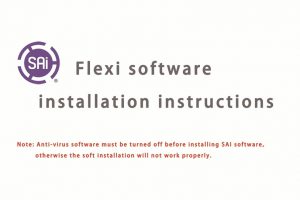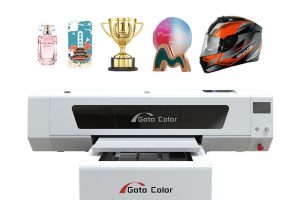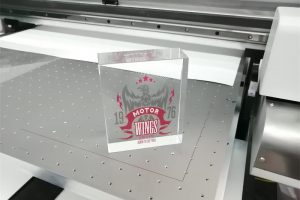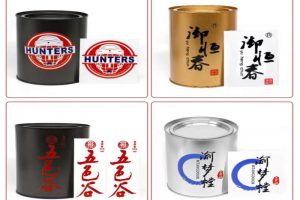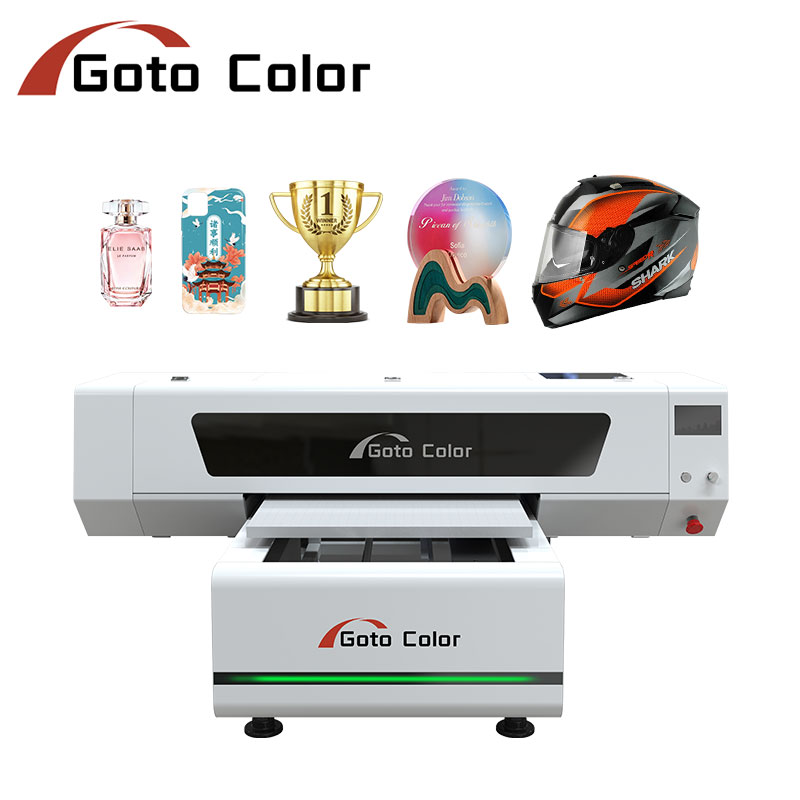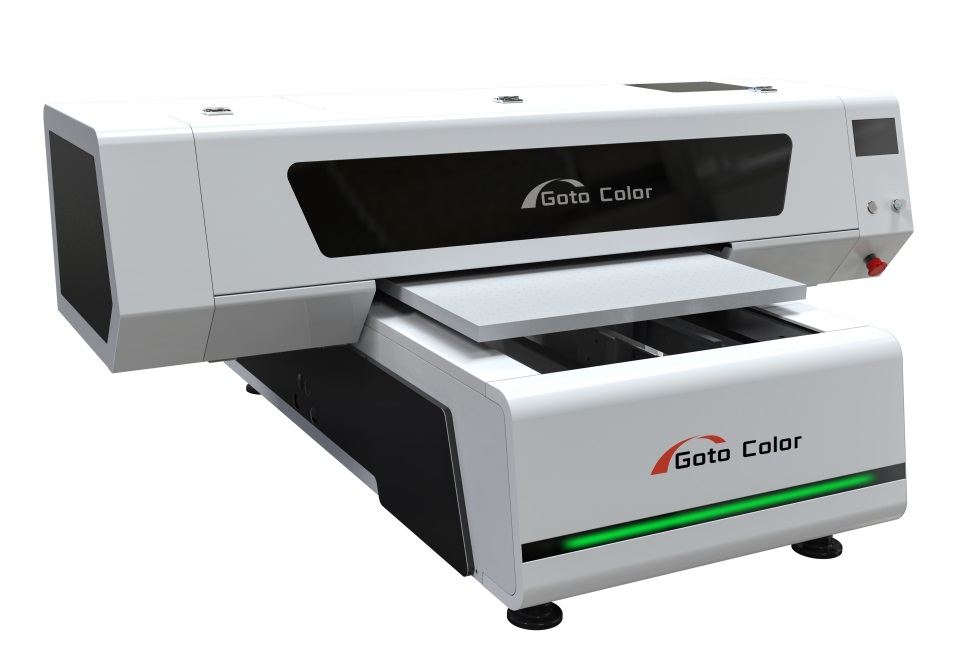Of course. This is a very common question for businesses looking to enter or upgrade in the UV flatbed printing market.
The cost of a 6090 UV printer (a machine with a print area of approximately 60cm x 90cm or 2ft x 3ft) varies dramatically based on brand, configuration, and quality.
Here’s a detailed breakdown of the cost factors and price ranges you can expect.
Contents
Quick Answer: Price Range Summary
- Entry-Level / Chinese OEM Models: $8,000 – $15,000
- Mid-Range / Reliable Hybrid Models: $15,000 – $30,000
- High-End / Industrial Brands: $30,000 – $60,000+
Detailed Cost Breakdown by Category
1. Entry-Level / Economy Models ($8,000 – $15,000)
These are typically sourced directly from Chinese manufacturers (OEMs). They can be a good starting point but come with significant trade-offs.
- Who it’s for: Small startups, hobbyists, or businesses on a very tight budget who are willing to accept higher risk.
- Pros:
- Lowest upfront cost.
- Often comes with a basic RIP software.
- Cons:
- Inconsistent Quality: Performance and print quality can vary greatly, even between machines from the same factory.
- Limited Support: Technical support and service can be slow, difficult due to time zones, or non-existent. You might be on your own for repairs.
- Lower Quality Components: Uses cheaper print heads (e.g., older Epson), rails, motors, and UV lamps, which can lead to more frequent breakdowns and lower print speed.
- Potential Hidden Costs: Shipping, import duties, and initial setup can be complex and costly.
2. Mid-Range / Reliable Hybrid Models ($15,000 – $30,000)
This is the most popular category for serious small to medium-sized businesses. These are often from established resellers who import and refine the machines, or from well-known second-tier brands.
- Who it’s for: Sign shops, promotional product companies, and print service providers who need a reliable workhorse.
- Pros:
- Better Components: Often feature industrial-grade print heads (like Ricoh Gen 5), better linear guides, and more stable software.
- Good Performance: Faster print speeds, higher pass rates for quality, and better color management.
- Local/Regional Support: The reseller typically provides better technical support, training, and holds local spare parts.
- Warranty: Comes with a more reliable 1-year warranty.
- Cons:
- Higher initial investment than entry-level models.
3. High-End / Industrial Brands ($30,000 – $60,000+)
These are from globally recognized brands like Mimaki, Roland DG, AGFA, or Durst. You are paying for unparalleled reliability, speed, and support.
- Who it’s for: High-volume production environments, large corporations, and businesses where printer downtime means significant lost revenue.
- Pros:
- Maximum Reliability & Speed: Built for 24/7 operation with the best components on the market.
- Exceptional Print Quality: Superior color accuracy and consistency.
- World-Class Support & Warranty: Comprehensive on-site service, dedicated support lines, and extensive dealer networks.
- Advanced Features: Often include features like automated substrate handling, advanced white ink circulation, and sophisticated RIP software.
- Cons:
- Very high upfront cost.
Key Factors That Drive the Cost
When you see a price, it’s determined by these components:
- Print Head: This is the heart of the printer.
- Epson DX5/DX7 (Entry): Good quality, but less durable for industrial use.
- Ricoh Gen 5/6 (Mid-Range): The industry standard for reliability and quality.
- Konica Minolta, XAAR (High-End): For extreme speed and durability. A printer with a high-end head can cost $10,000+ more.
- Ink System & Configuration:
- Basic (CMYK): Lowest cost.
- CMYK + White Ink: Essential for printing on dark materials and creating effects. Adds $3,000 – $7,000.
- CMYK + White + Clear Varnish: Needed for the 3D embossed effects and textured finishes. Adds another $2,000 – $5,000.
- Ink Cost: Original manufacturer inks are more expensive but more reliable. Third-party inks are cheaper but can void warranties and cause head clogs.
- RIP Software:
- Basic versions are often included.
- Professional software like ONYX, Caldera, or Ergosoft with advanced color management and nesting features can add $1,500 – $5,000.
- Additional Features:
- Heated Bed: Improves adhesion and curing on certain materials like glass and metal. Adds cost.
- Automatic Height Sensor: Crucial for printing on uneven objects. A must-have for true hybrid use.
- Vacuum Bed Quality: A stronger, more segmented vacuum bed holds materials better and is a sign of a better-built machine.
If you have any questions, please don’t hesitate to leave us a message. We will contact you as soon as possible.


